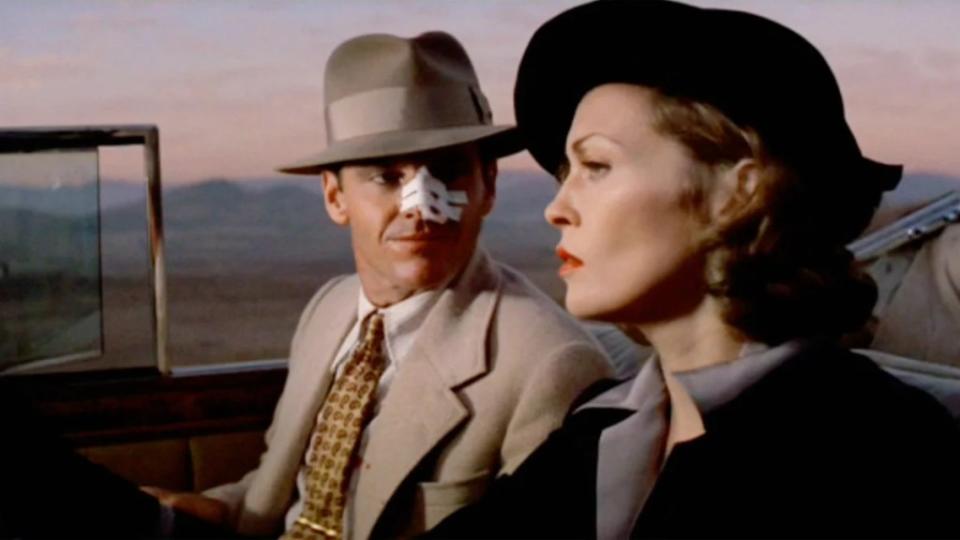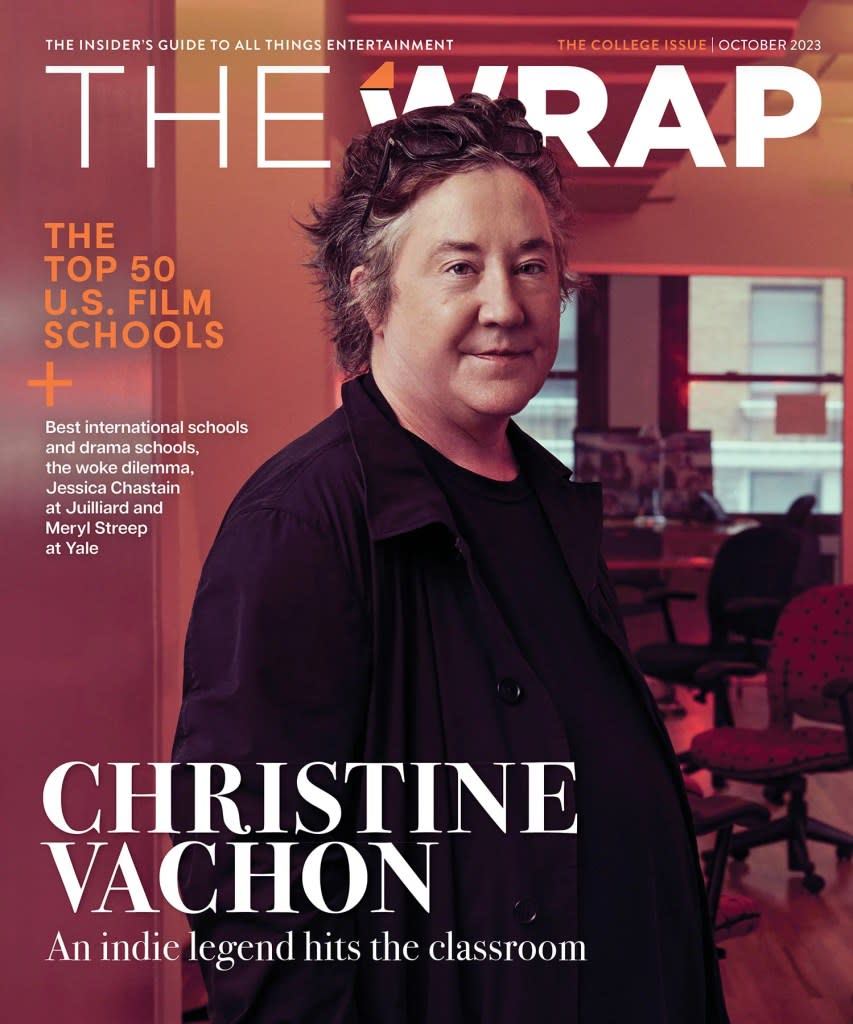How Some Film Schools Are Getting More ‘Woke’ – and Why Professors Find It ‘Kind of Wonderful’
- Oops!Something went wrong.Please try again later.
This story about university curriculum first appeared in the College Issue of TheWrap magazine.
“Take a good look, my dear. It’s a historic moment you can tell your grandchildren about—how you watched the Old South fall one night.” That’s perhaps not the most famous line from the 1939 classic “Gone With the Wind,” but it’s possibly the most cutting example of the complicated legacy contained within it.
In 2023, how much should one be telling their grandchildren about this film’s knotty endurance, given its revisionist depictions of contented slaves devoted to kind masters in the Civil War-torn South? And what if those grandchildren are currently enrolled in film schools that traditionally have taught “Gone With the Wind” as a prime example of filmmaking prowess?
“Context is so important,” Emily Carman, associate professor of Film and Media Studies in the Dodge College of Film and Media Arts at Chapman University, told TheWrap. Carman teaches a course on the films of 1939 because, she said, “to
act like these films weren’t controversial when they came out is just being a bad historian. There’s some really interesting scholarship that’s come out from African American film historians that have tried to situate actors like Hattie McDaniel and their personae off screen, versus the limitations they had on screen.
“Another read is: It’s the triumph of the woman’s picture, on an epic scale, and it’s the capstone of the decade,” Carman continued. “So the way I try to present the film to my students is: The feminism was there, whether [the book’s author] Margaret Mitchell was aware of it or not. And I’m a big fan of what Turner Classic Movies has done to contextualize it. The new introduction from TCM host Jacqueline Stewart, who is a brilliant scholar in her own right, is how that film should be shown. I don’t think it should be banned.”
Proper context is key to teaching all kinds of “classics” that have come under greater scrutiny in the last decade or so. There was a time when it was not unusual for cinema studies programs to routinely include films such as D.W.
Griffith’s “The Birth of a Nation,” Woody Allen’s 1970s comedies and Roman Polanski’s “Chinatown” as vital examples of cinematic ingenuity, especially within montage and genre definitions. But given the thorny reputations of those (and other) filmmakers, plus the controversial nature of their work, is there an inherent backlash to teaching these filmmakers nowadays?

“When we’re talking about the Polanskis and the Woody Allens or whomever, are we also seeing some of the problems that they exhibited in their personal behaviors perpetuated in the work?” Deborah LaVine, Dean of the School of Filmmaking at University of North Carolina School of the Arts, posed. “It’s all about interpretation. And we now have accessibility to so many brilliant films, and with the democratization of filmmaking and so many people making films, do we need to focus on particular artists if we feel that the message in their work doesn’t reflect something that we want to support?”
Dr. Carman agrees with this statement and makes a point of showing her students films that illustrate the same techniques and themes as traditional canonical titles, like Ang Lee’s “Brokeback Mountain” with John Ford’s
“Stagecoach” for her class on Westerns. There are eras, including Hollywood’s fascinating but coarse pre-Code offerings from the 1920s-’30s, that can create an uncomfortable atmosphere, especially with their violence and sexual aggression towards women.
“That’s been an interesting lesson for me the last couple of years preparing students for these topics that were taboo but were tolerated in parts of our culture,” she said. “I have to put a note in that they should come talk to me and I can prepare them. I’ve had some students who need to step out of the room. And I respect that.”
The academics we spoke to for this story shared a surprising observation: Despite the wealth of media and streaming services available to them, their students often prefer to go into a movie cold, with little preparation or coaching on its themes or credits.
“I just happened to have a long meeting with our cinema studies faculty today,” LaVine said. “And they were saying some of their students want no introduction. They don’t even want to know, ‘Oh, it’s directed by… it was made in the year of…’ Because they’ll say, ‘I can get all of that on the internet. I don’t need you to stand in front of class and tell me this.’ Afterwards, they don’t want to hear the facts. They want to hear themselves wrestle with the interpretation. They want to hear what their colleagues saw, which I personally find kind of wonderful.”
This feedback has proven invaluable to educators. “It’s not so much teaching new or different films for this new generation of viewers, but a ‘reframing’ of the canon,” Carman said. “Or rethinking how film noir can be understood as ‘femme noir,’ given the preponderance of female-authored source material. Or even when teaching Alfred Hitchcock, highlighting how he had women collaborators behind the screen. The films don’t change, but we can frame them through an inclusive lens and spotlight new research and discoveries that weren’t written or prioritized yet when you and I were in undergraduate programs.”
Read more from the College Issue here.
The post How Some Film Schools Are Getting More ‘Woke’ – and Why Professors Find It ‘Kind of Wonderful’ appeared first on TheWrap.


